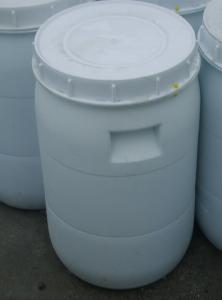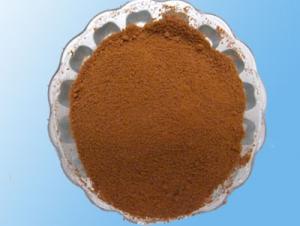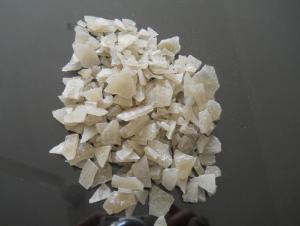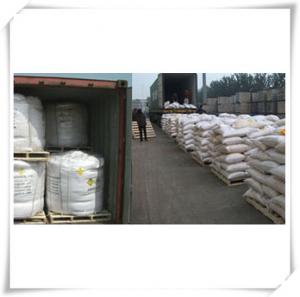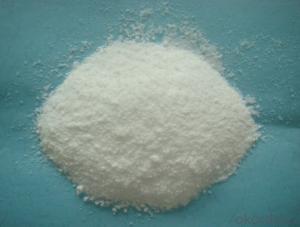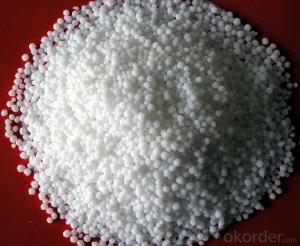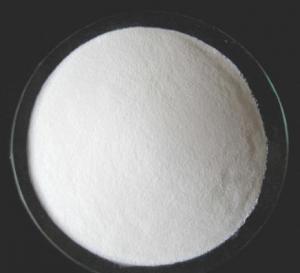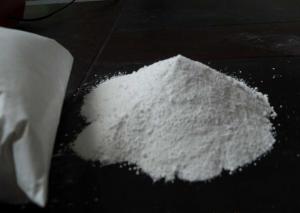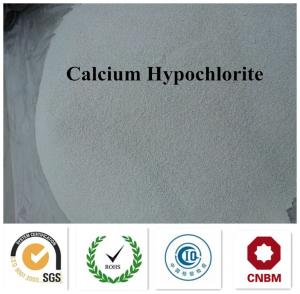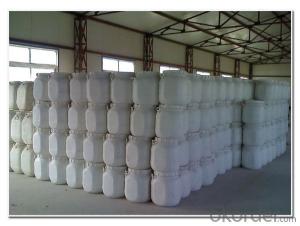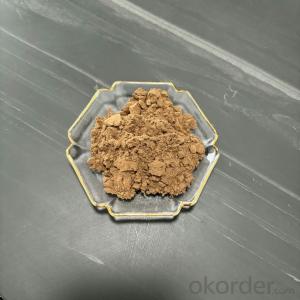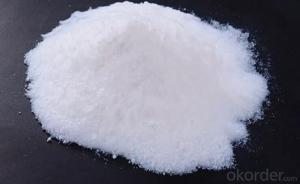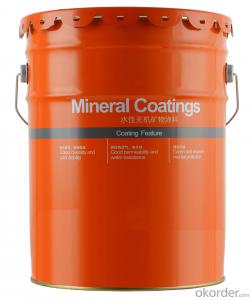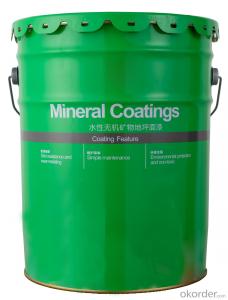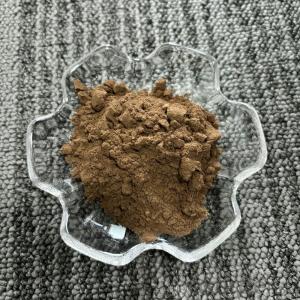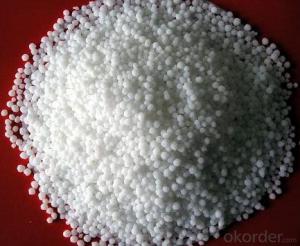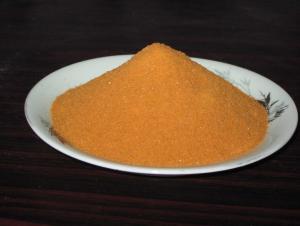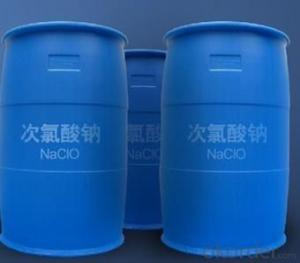Pine Oil with Cheap Price and Good Quality and Fast Delivery and Strong Package
- Loading Port:
- Tianjin
- Payment Terms:
- TT or LC
- Min Order Qty:
- 17.6
- Supply Capability:
- 3000 m.t./month
OKorder Service Pledge
OKorder Financial Service
You Might Also Like
1. Structure of Pine Oil Description:
CAS NO.: 8002-09-3
MF: C10H17OH
PURITY:
Purity: 45% 50% 70% 80%
Packing&Delievery: 170kg/iron drum (Capacity of per 20'FCL: 80 drums,totally 13.6mt per container)
All year Delievery
2. Main Features of Pine Oil:
The pine oil is widely used in the flotation of various metallic and non-metallic minerals. It is mainly used in the flotation of various sulfide ores,such as lead,copper,zinc,and iron sulfide,and non-sulfide minerals. It exhibits some collecting properties,especially for readily floatable minerals such as talc,graphite,sulphur,molybdenite and coal etc.The froth produced by pine oil is more persistent than that produced by other frothers.As a good foaming agent of non-ferrous metals,has been widely used both at home and abroad,with low foam,high concentrate grade,strong adaptability,fine and dense foam and the foaming speed and defoaming speed is fast,easy operation,no impact on subsequent flotation and is appropriate the separation of polymetallicore.
3.Pine Oil Images



4.Pine Oil Specification
Item | 50% | 65% | 70% | 85% |
Appearance | Slight-yellowish or brown-yellowish oil-shape liquid. | |||
Color and state( Max). | 6 | 6 | 6 | 6 |
Content of water (Max). | 0.7 | 0.7 | 0.7 | 0.7 |
Total acid value (Min) | 50 | 65 | 70 | 85 |
Gravity | 0.866 | 0.90-0.92 | 0.90-0.92 | 0.92-0.94 |
Distillation range(°C) | 168-230°C | 170-225°C | 170-225°C | 190-225°C |
Impurities(MAX) | 0.5% | 0.5% | 0.5% | 0.5% |
PH value | 5-7 | 5-7 | 5-7 | 5-7 |
Impurity( Max). | 0.5 | 0.5 | 0.3 | 0.3 |
5.FAQ
1)How many tons does your factory can supply each moth?
30000tons/month
2)How to quarantee the quality of the products?
you can arrange SGS&BV or other quality inspection.
3)How many days you need to pepare the cargo after we made the order?
- Q:Of the dissolved salts found in seawater, _____ % are minor inorganic salts, or trace.
- it's definitly one of these: 99.28 .72 72 50 i think it's 99.28. lemme no if you get it right!!
- Q:I had asked a similar question on GC operation last week, but for different kinds of compounds.For my biochem research project at school, I'm testing the ability of a species of bacteria to biodegrade alcohols found in gasoline (methanol, ethanol, isopropyl, tert-butyl and cyclohexanol). The bacteria is growing in a solution of minute amounts of alcohols and Mineral Medium, which is basically just water and dissolved inorganic salts (CaCl2, KH2PO4, NH4NO3 and MgSO4).I know GC's are primarily used to separate organic mixtures. Can a GC separate organic compounds dissolved in salt water? Is it safe to put salt water in a GC? Or would I have to do an extraction to separate the alcohols and run the organic extract through the GC?
- Do not let salts enter the GC. You will have to perform an extraction step and run that. Salts can precipitate in the column or degrade into reactive species that can corrode the GC. Water is OK since it will not destroy the column (I've run aqueous solutions before), but salts are not.
- Q:Indicating the organic compounds and inorganic salts in the boiling point, melting point and solubility of what is the difference
- Organic compounds are mainly covalently bonded, the mutual attraction between molecules is very weak, so its melting point, low boiling point, generally insoluble in water and soluble in organic solvents. Inorganic salts with ionic bonding, positive and negative ions electrostatic attraction is very strong, so the melting point, boiling point is very high, usually insoluble in organic solvents and soluble in water.
- Q:Is calcium carbide inactive?
- Calcium carbide, the chemical formula for the CaC2, not inorganic salts. Salt refers to the metal ions and acid ions of the compound, calcium carbide does not have the corresponding acid.
- Q:What is the use of inorganic salts and organic salts?
- The organics are compounds containing carbon, and the inorganic salts are salts containing no carbon. For example, we usually eat sugar is organic matter, salt is inorganic salt.
- Q:Does the plant absorb some of the inorganic salt?
- While the plant absorbs inorganic salts through the way of active transport, the process requires the carrier and the need to consume the energy generated by cell metabolism.
- Q:Like the role of B, Fe, Mg, Ca, Mn, Cu, Cl, P, S, N ...., the more specific the better (college entrance examination range)
- 1. constitute the body tissue material .2. Regulate the physiological function .3. To participate in the regulation of body fluid balance and maintain the body's acid-base balance .4 cells of some complex compounds of the important components
- Q:What are minerals and trace elements?
- Trace elements, although not much in the human body, but closely related to human survival and health. Their intake of excessive, inadequate, or lack of will cause varying degrees of human physiological abnormalities or disease. The most prominent role of trace elements is closely related to the vitality of life, just like the size of the matchhead or less the amount can play a huge physiological role. It is worth noting that these trace elements must be supplied directly or indirectly from the soil. According to scientific research, so far, due to the use of pesticide overdose, resulting in a large number of trace elements loss, so we have to indirectly add trace elements, the use of mineral power to supplement the lack of trace elements in the human body. There are 18 kinds of essential trace elements related to the detection of human health and life, namely iron, copper, zinc, cobalt, manganese, chromium, selenium, iodine, nickel, fluorine, molybdenum, vanadium, tin, silicon, strontium, Rubidium, arsenic and so on. Each of these trace elements has its own special physiological function. Although they are extremely small in the human body, they are necessary to maintain some of the decisive metabolism in the human body. Once the lack of these essential minerals trace elements, the body will be disease, and even life-threatening. Such as zinc deficiency can cause mouth, eyes, anus or genital redness, pimples, rash. Another example is iron is one of the main components of hemoglobin, iron deficiency can cause iron deficiency anemia. Abroad has been reported: the body of iron, copper, zinc reduction, can weaken the immune mechanism (resistance to disease), reduce disease resistance, contribute to bacterial infection, and infection after the mortality rate is also higher. Trace elements in disease resistance, anti-cancer, longevity and other aspects also play a role can not be ignored.
- Q:Does the milk contain inorganic salts?
- Calcium, phosphorus, potassium .1L milk can provide 1g of calcium, and milk calcium and phosphorus ratio of 1.2: 1, close to human milk (human milk 1: 1), digestion and absorption rate, it can ensure that the baby's calcium Need milk milk in the very few, only 0.2mg / 100g, for the human milk 1/5, the baby, such as milk-based food feeding, the need to timely add iron and vitamin C foods such as egg yolk, liver mud, In addition, the milk also contains copper, zinc, manganese, iodine, molybdenum and other trace element
- Q:What to eat can promote the absorption of inorganic salts
- The active transport of the carrier consumes energy, while the respiration provides its energy
1. Manufacturer Overview |
|
|---|---|
| Location | |
| Year Established | |
| Annual Output Value | |
| Main Markets | |
| Company Certifications | |
2. Manufacturer Certificates |
|
|---|---|
| a) Certification Name | |
| Range | |
| Reference | |
| Validity Period | |
3. Manufacturer Capability |
|
|---|---|
| a)Trade Capacity | |
| Nearest Port | |
| Export Percentage | |
| No.of Employees in Trade Department | |
| Language Spoken: | |
| b)Factory Information | |
| Factory Size: | |
| No. of Production Lines | |
| Contract Manufacturing | |
| Product Price Range | |
Send your message to us
Pine Oil with Cheap Price and Good Quality and Fast Delivery and Strong Package
- Loading Port:
- Tianjin
- Payment Terms:
- TT or LC
- Min Order Qty:
- 17.6
- Supply Capability:
- 3000 m.t./month
OKorder Service Pledge
OKorder Financial Service
Similar products
New products
Hot products
Hot Searches




